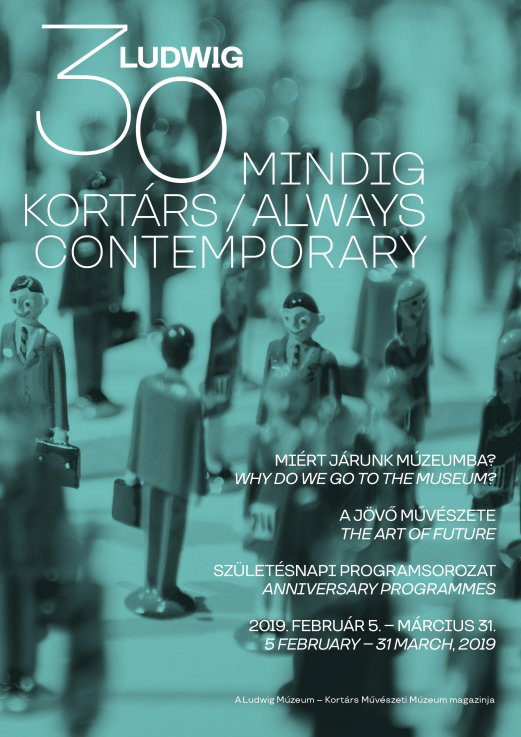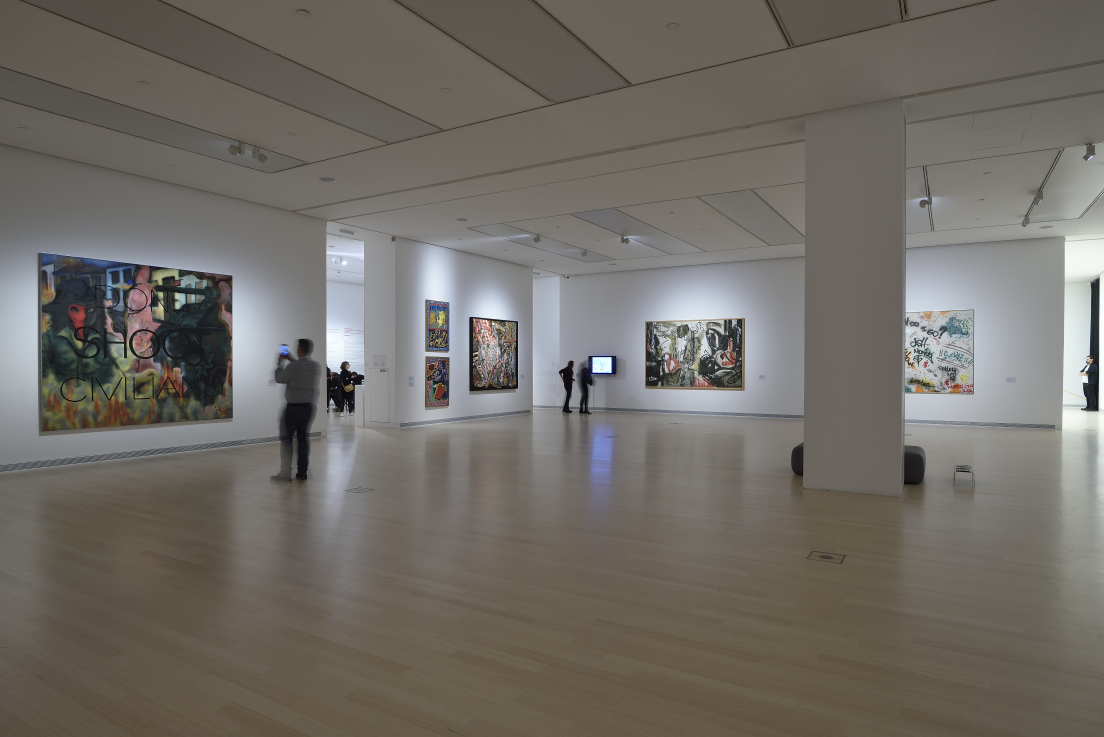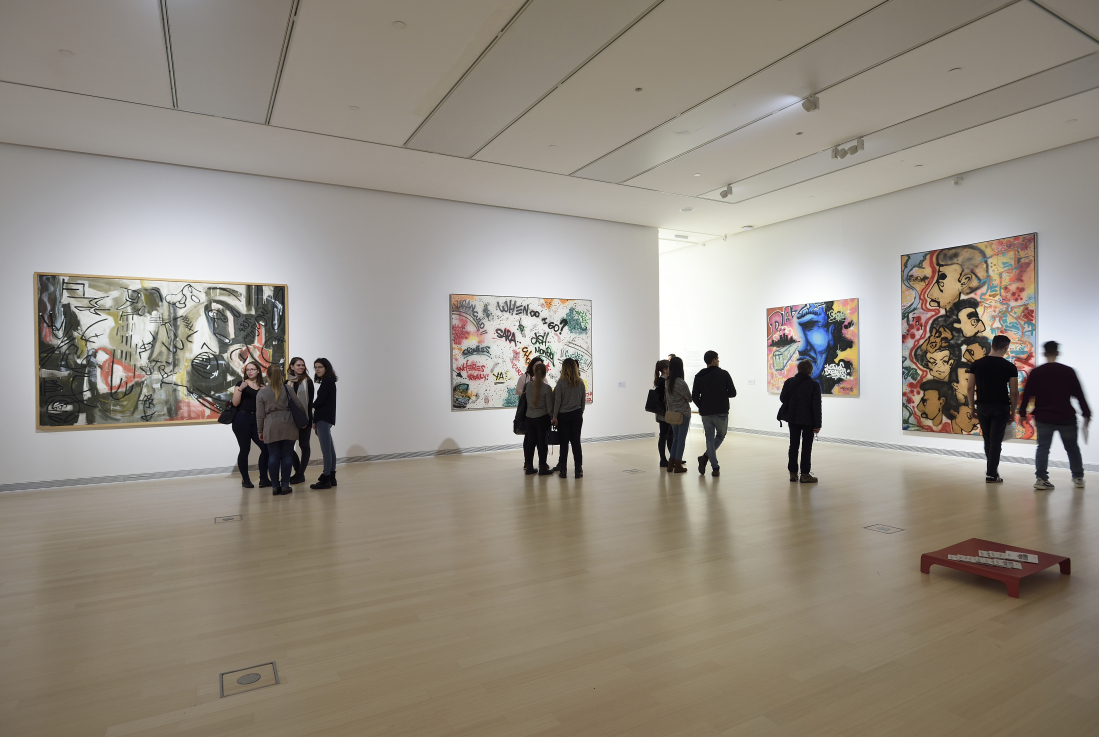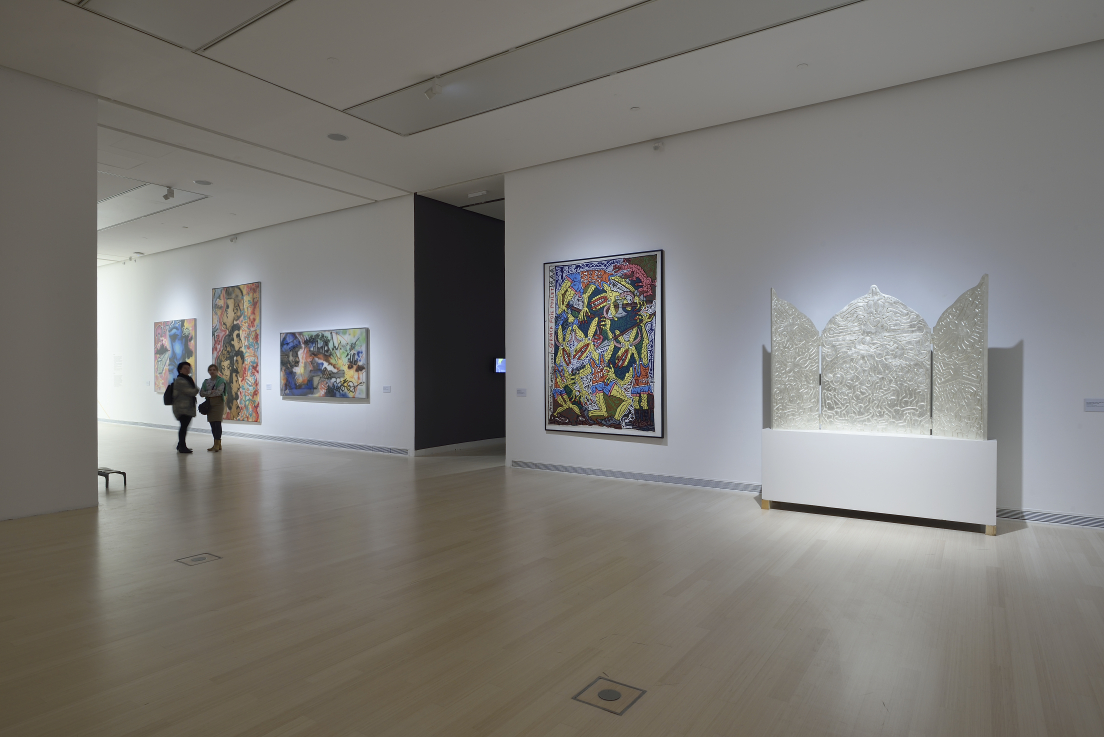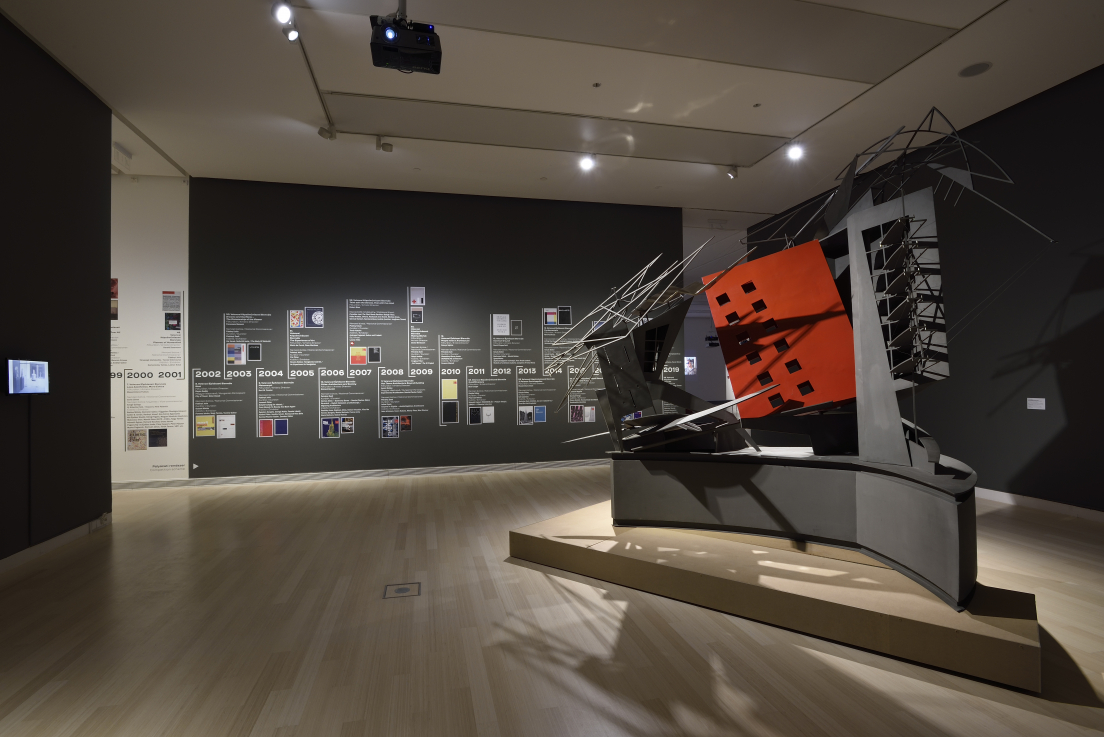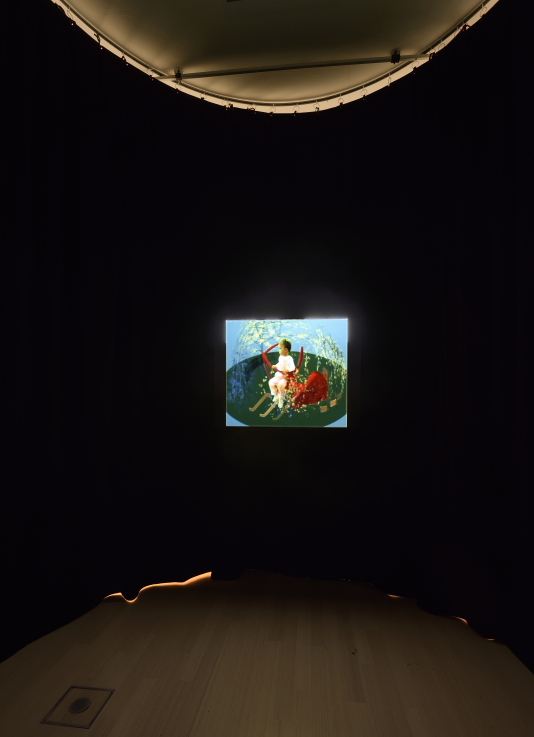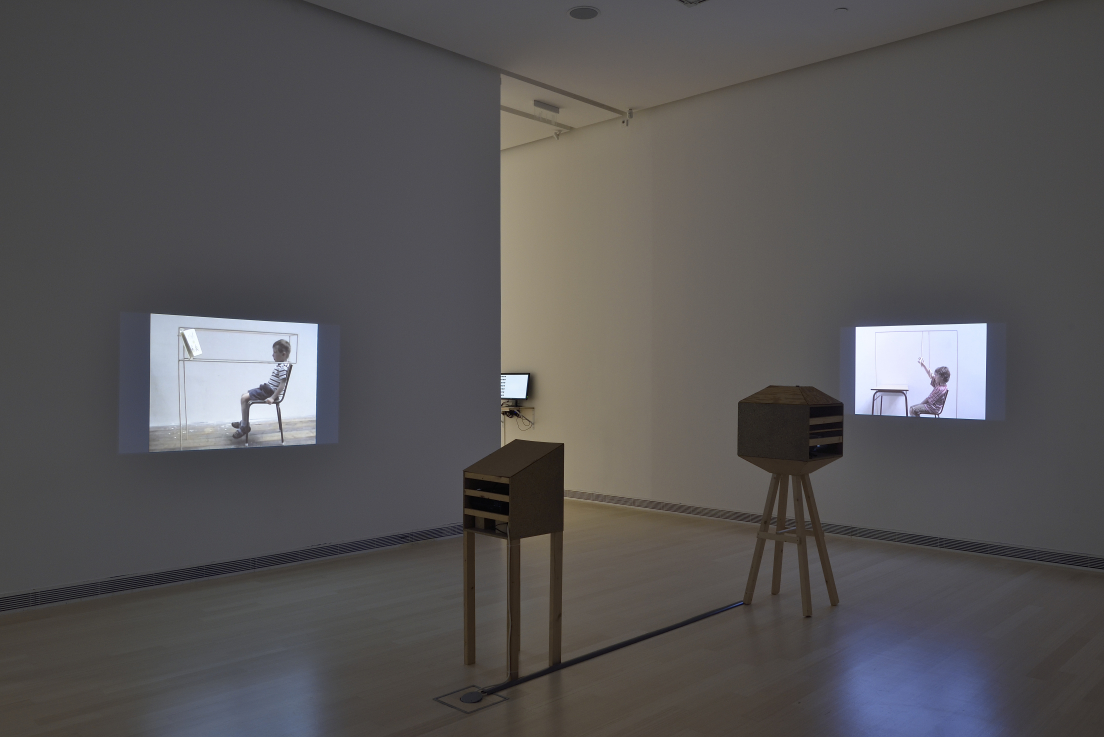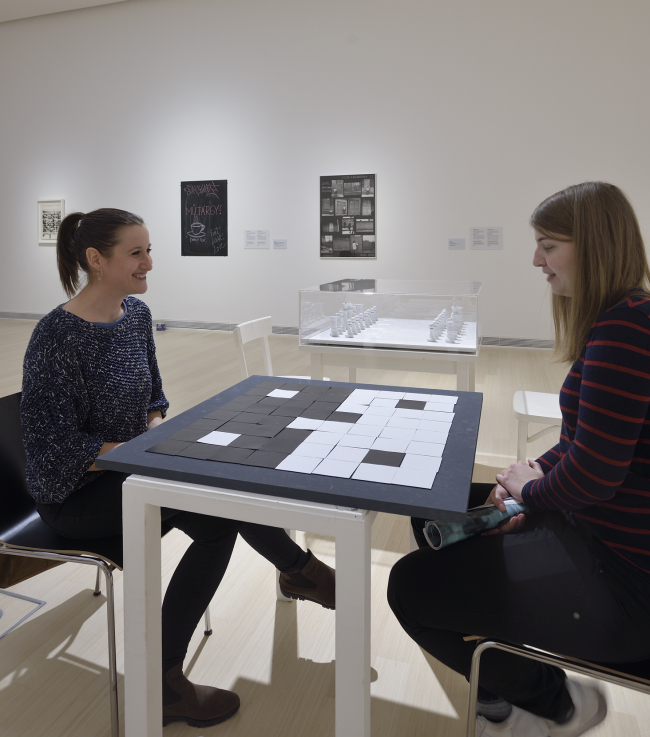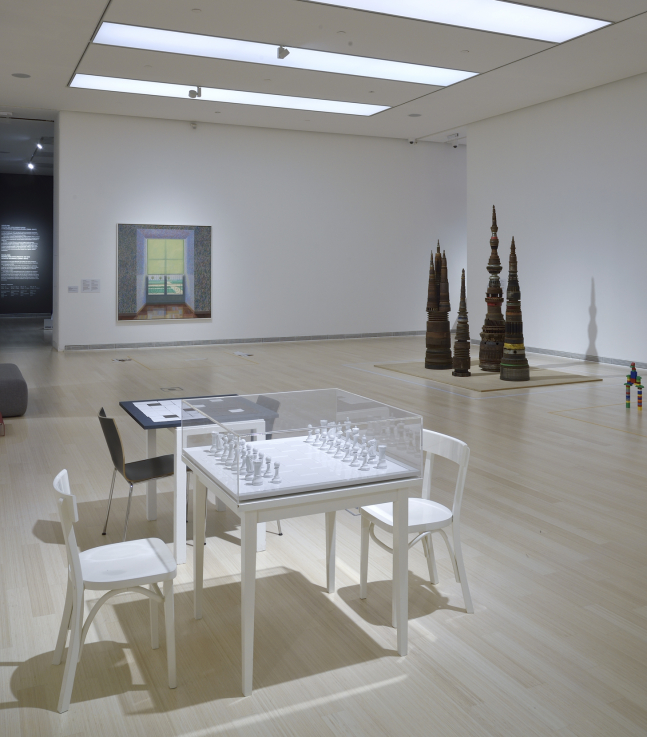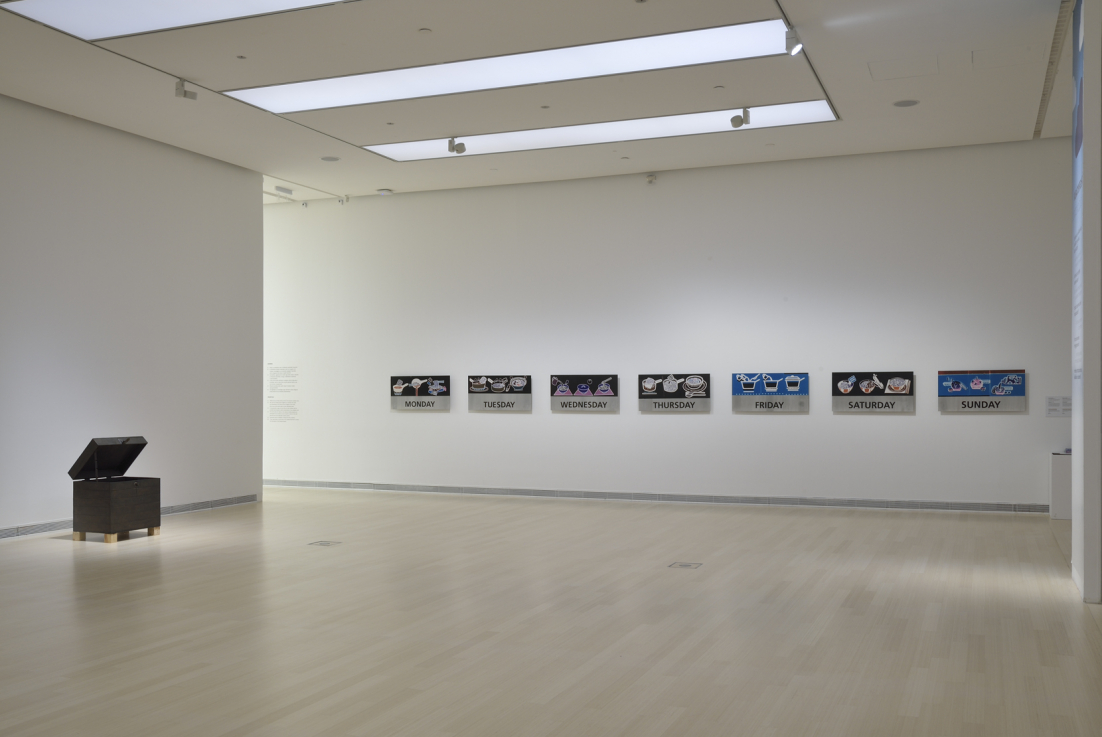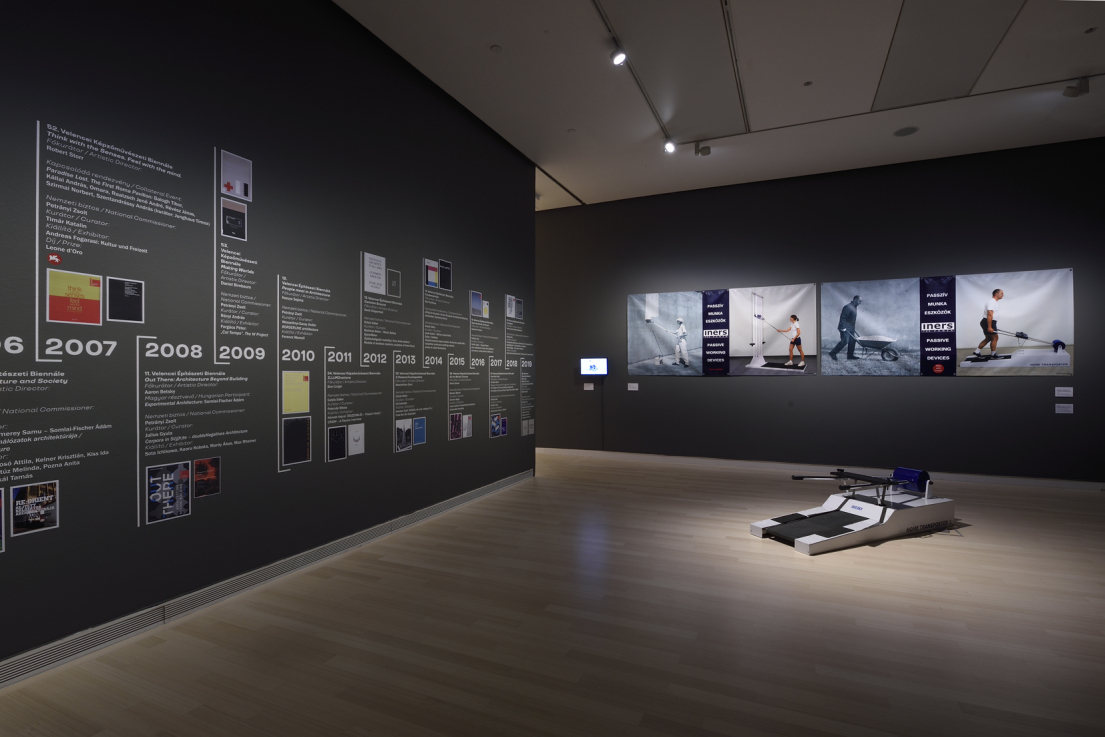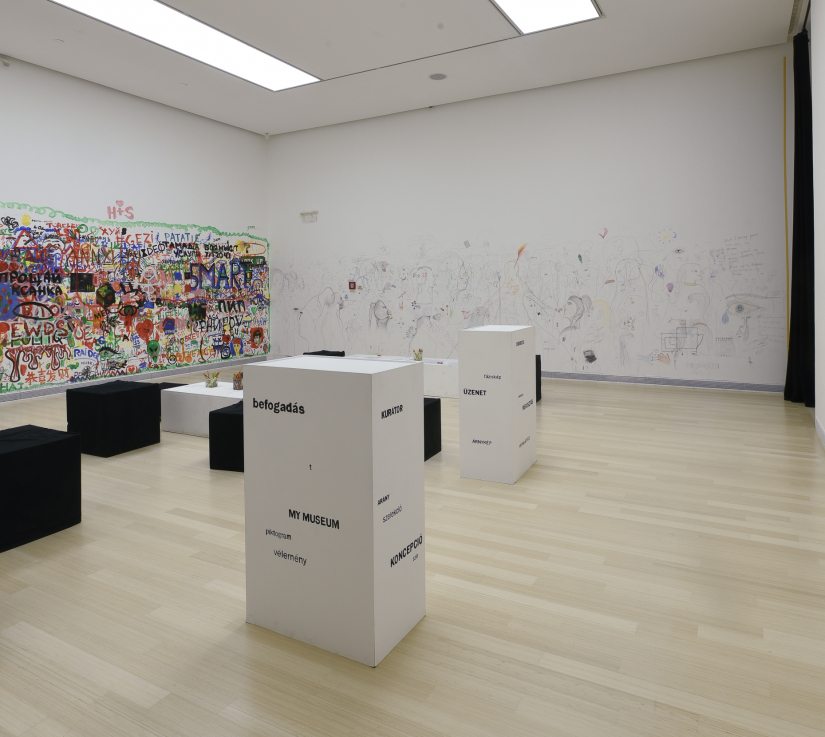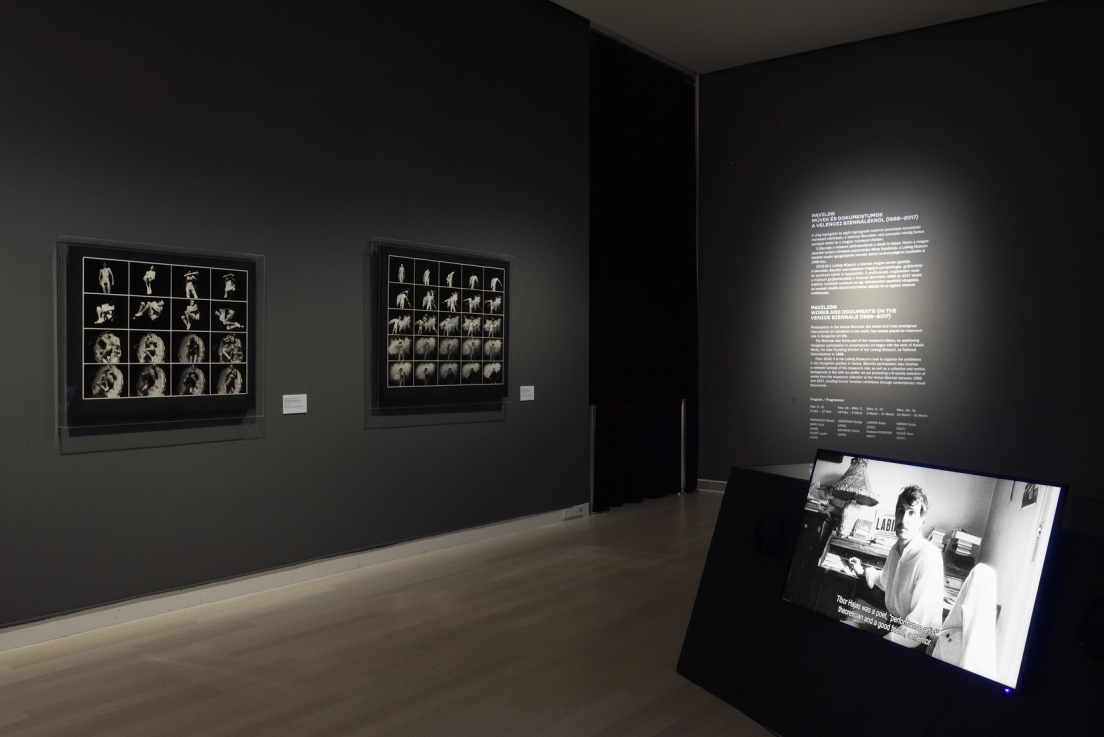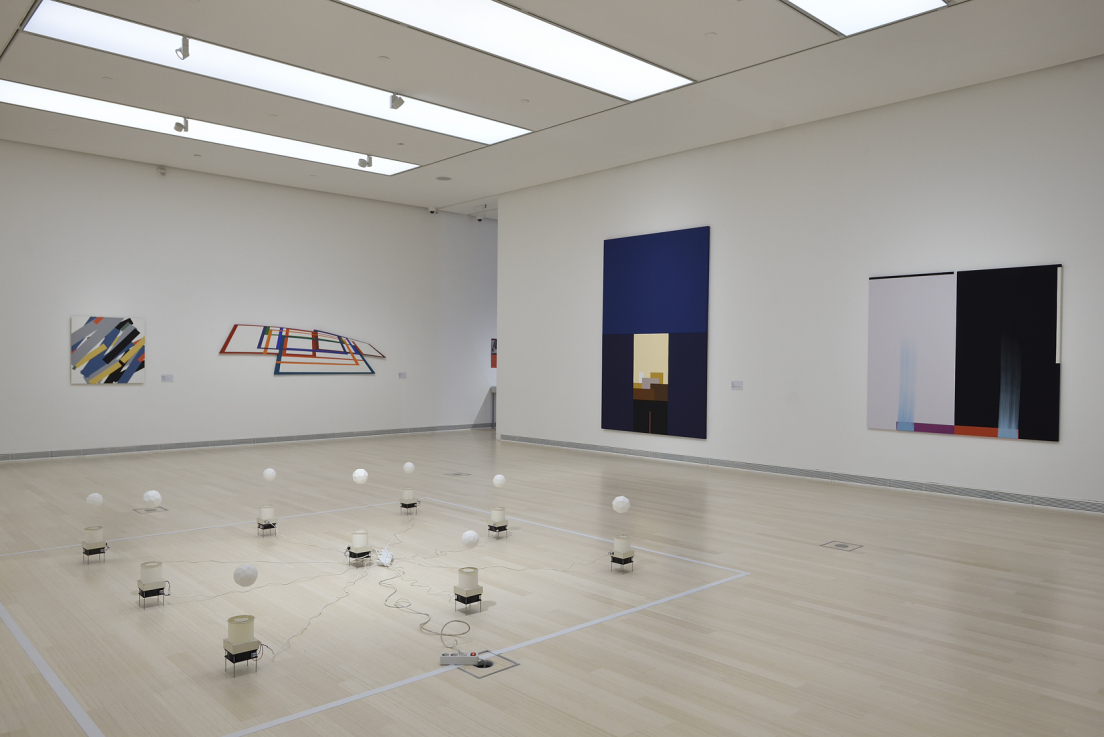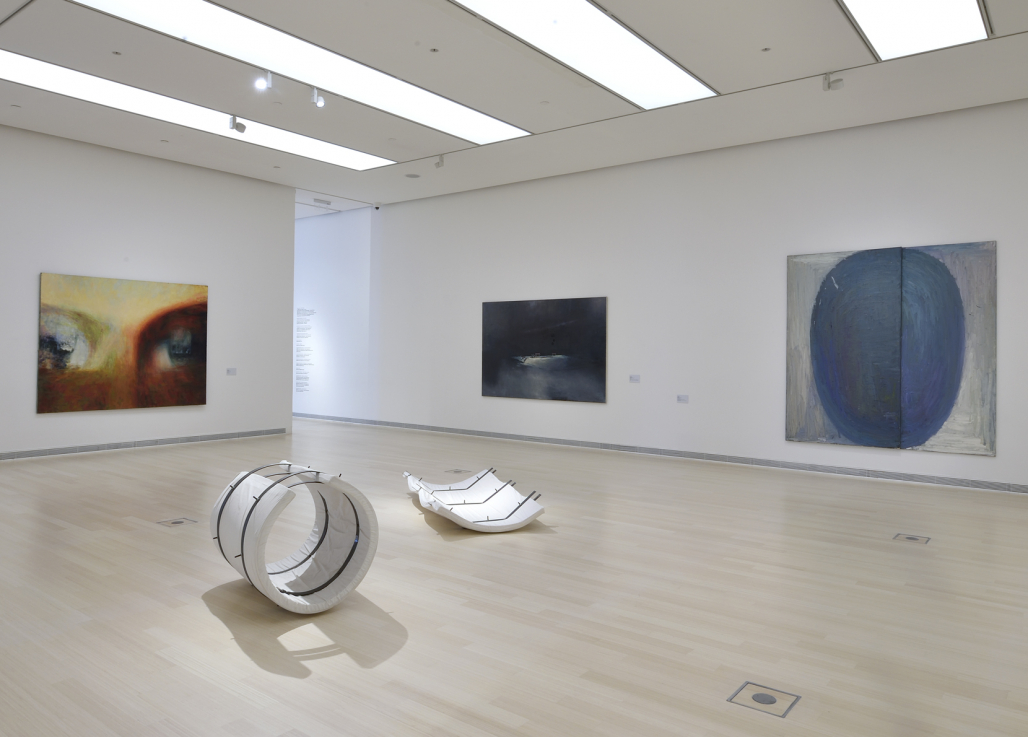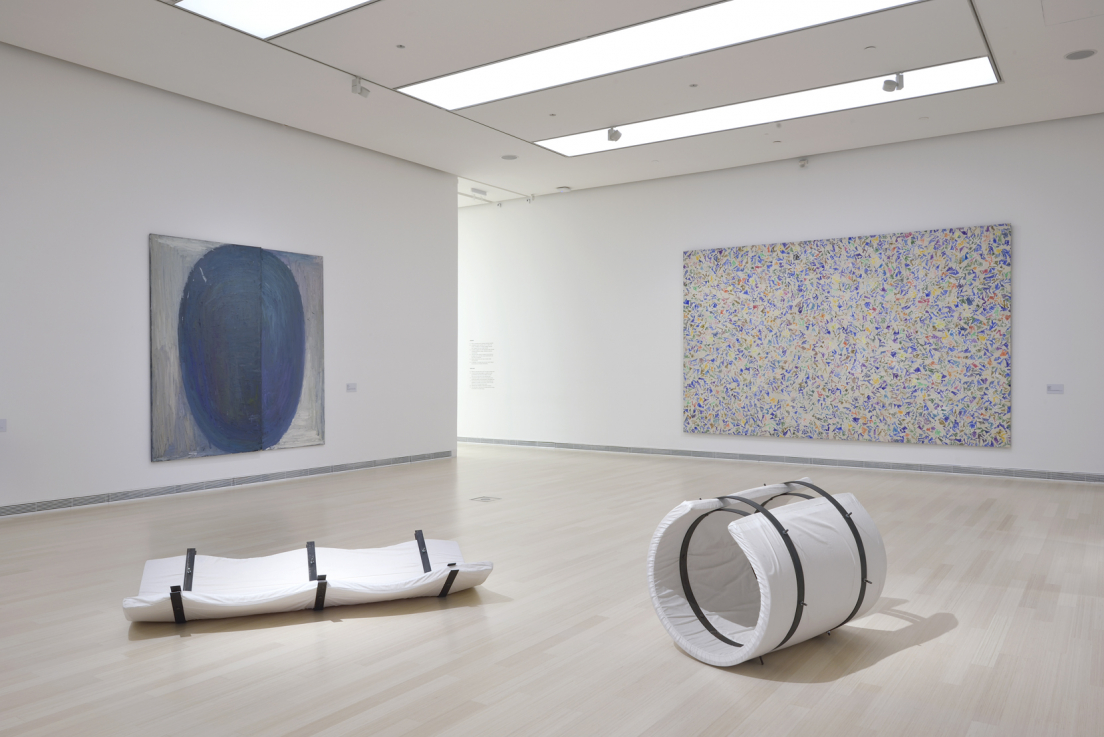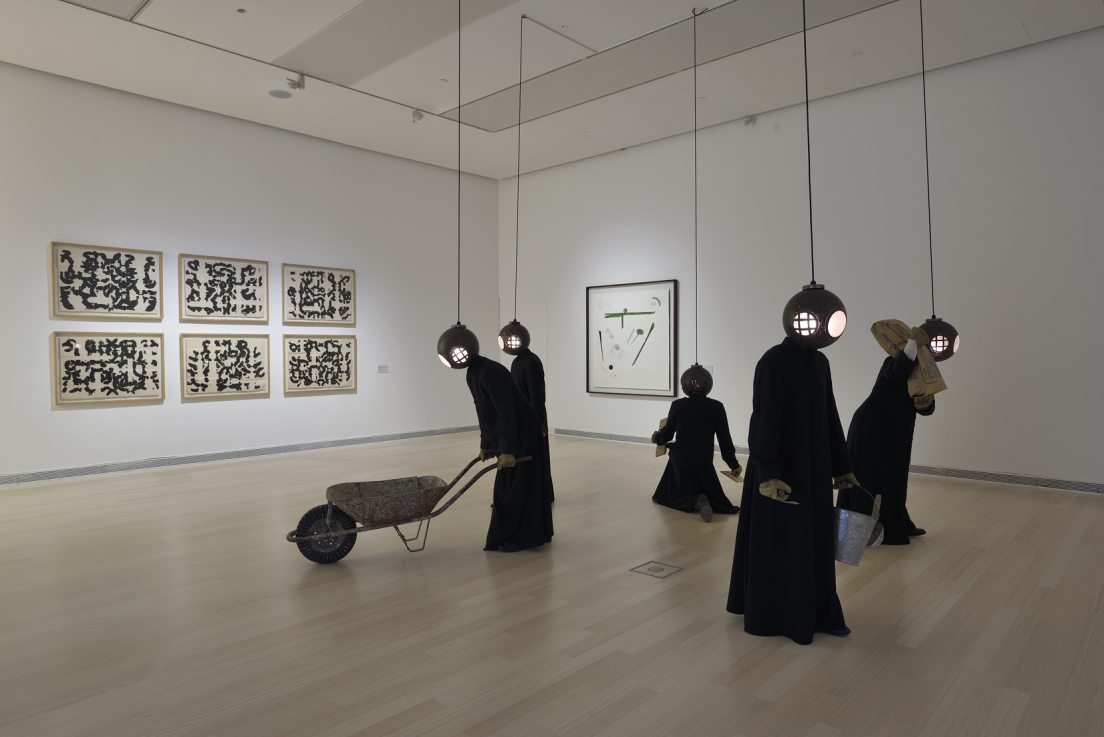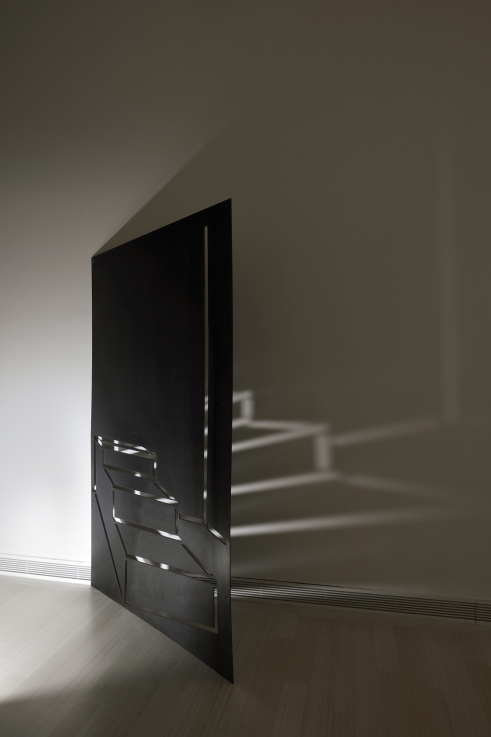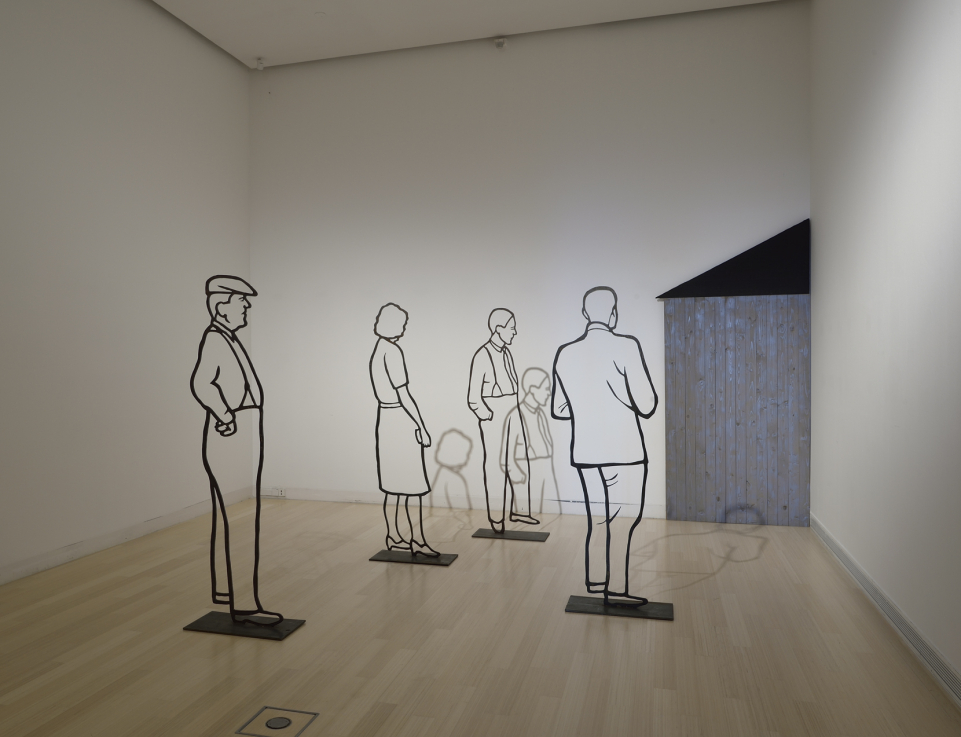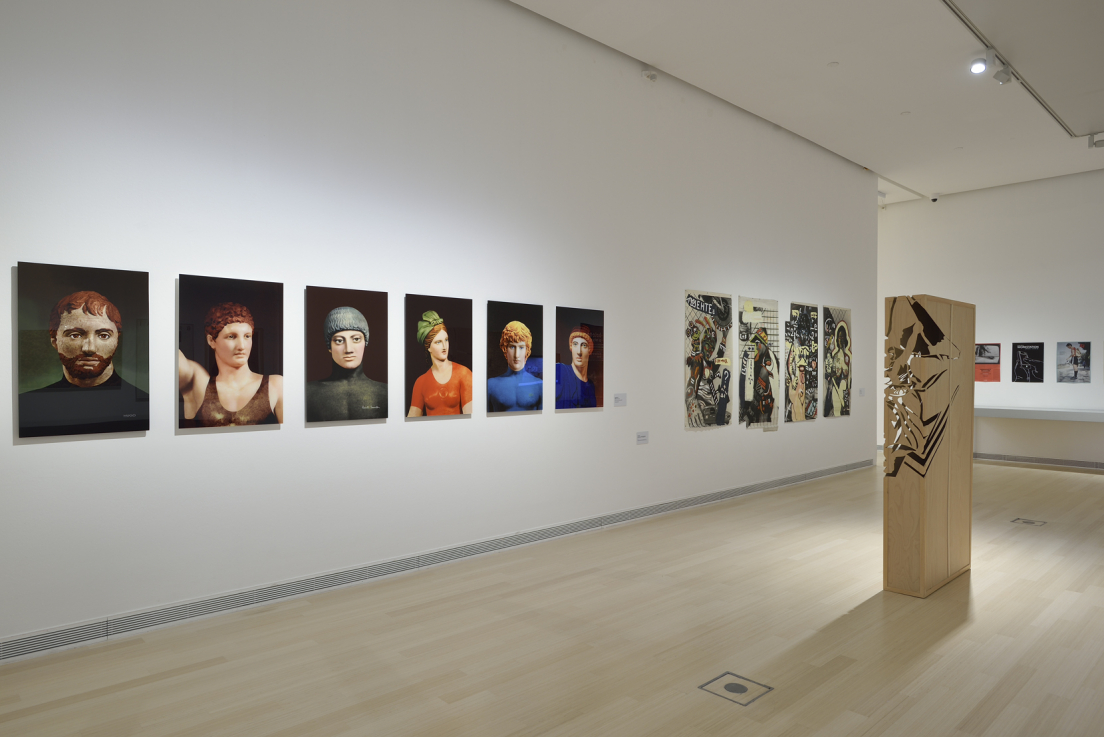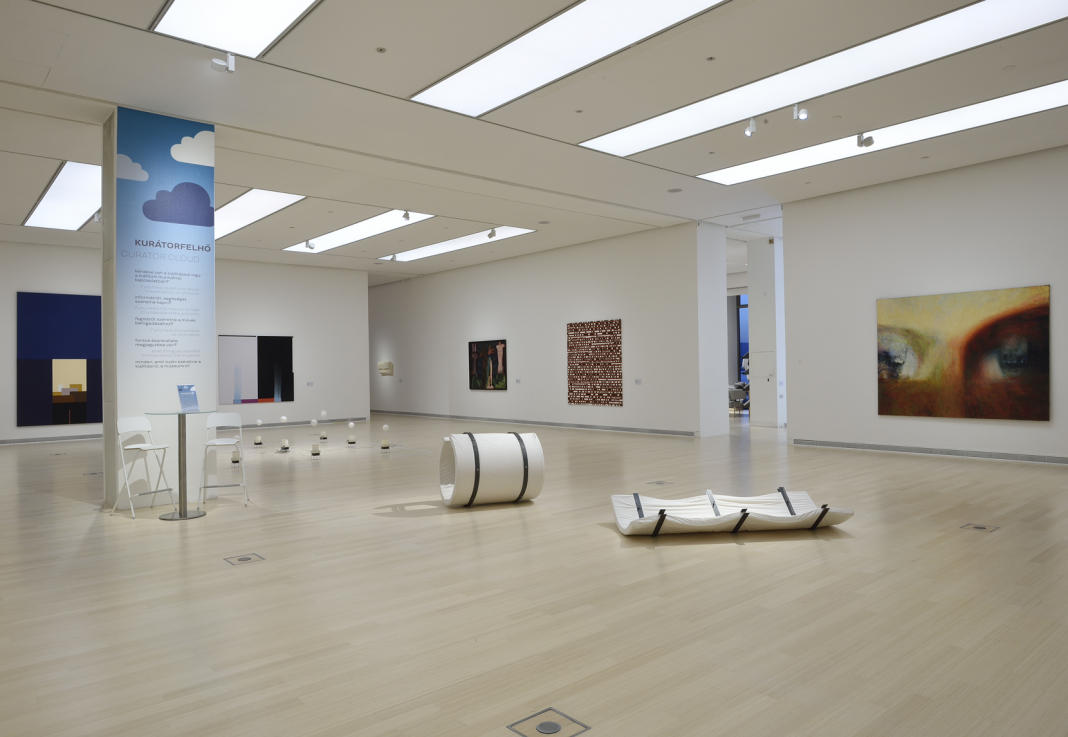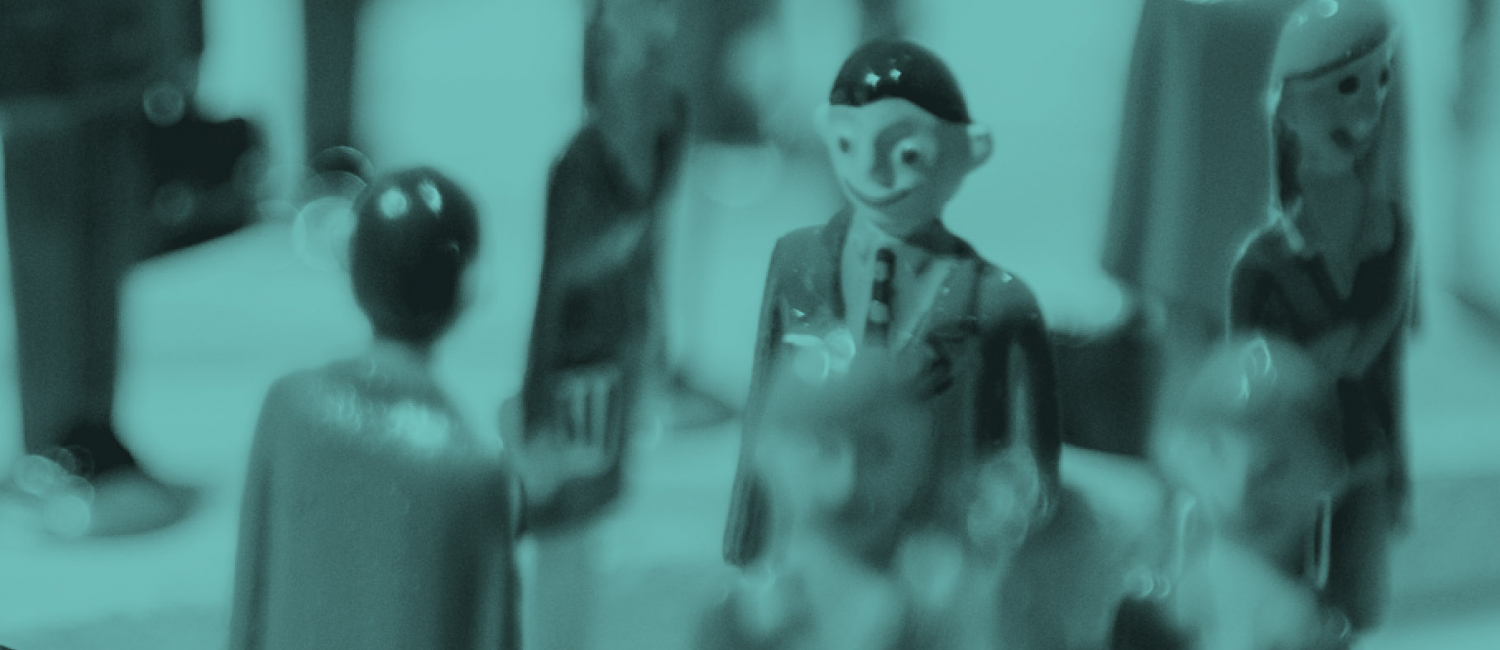Ludwig30 – Always contemporary
Ludwig Museum -̵ Museum of Contemporary Art celebrates the 30th anniversary of its establishment with a series of exhibitions and events providing an overview of the museum’s history and activity while also outlining its prospects for the 21st century, reflecting on the challenges of our time and the changing role of the museum. The goal of the Ludwig 30 series of events is to introduce an institution that remains open and diversified, one that takes initiative and is ready for renewal in the 21st century.
Founded in 1989, in the course of its 30 years of operation, Ludwig Museum has accommodated 330 temporary exhibitions and more than 5000 events, with over a hundred thousand spectators per year by now. With its significant Central and Eastern European collection and scientific achievements in the field of media archival and preservation in recent years, it has become one of the most prominent museums in the region. Pieces from its collection are regularly on loan at important exhibitions across the globe, and in recent years, its exhibitions introducing the contemporary art of the region have drawn exceptional attention: the art of former Yugoslavia, contemporary art from Albania and Kosovo, and Ukrainian contemporary art, the latter show was even nominated for the 2018 GFAA award.
Bearing the title Ludwig 30, the series of events from February until the end of March 2019 give an overview of the institution’s activity from art collection through temporary exhibitions, from preservation through digitalization, from museum pedagogy through communication to associated art events, even including Hungary’s participation at the Venice Biennale. The first floor exhibition space will be transformed into the model of a museum, introducing the visitor to the museum’s operation through thematic units. Alternating every two weeks, diverse pop-up exhibitions and events will reflect on the changing of the notions of art and museum over the past decades. The same floor will accommodate a screening room, a museum pedagogy workshop, an archive, a reading corner and a “pavilion”.
Titled Overwrite, the first exhibition features works containing graffiti and text, mostly from the eighties, alluding to the decade in which the museum was established, when elements of urban subculture began to appear in high art. The selection is centred on the sign, the trace, the artwork and the anti-artwork, read and interpreted in traditional ways.
The second tier bears the title Devices, with works of media art directing attention at the changes of the period from the nineties to the present day: the impact of mass media, the widespread emergence of new media – photo, video, digital imaging techniques – in life as well as in art. At this show, visitors can encounter interactive works extended in time and space.
The next selection, Share, focuses on the methods and latest results of disseminating art. The works selected by museum pedagogy experts raise awareness of spectators with special needs, of diverse age groups, social backgrounds and levels of knowledge: we reveal that the ideal museum visitor does not exist, as each spectator is extraordinary, receiving and interpreting art from his or her own unique perspective. Diverse pedagogical and communicational tools aid reception and interpretation, unfolding the meaning encapsulated in artworks.
The closing exhibition is an experimental show titled Customize, mainly reacting to the developments of the 2000s: collaborative and participatory art practices and the increased responsibility of museums. Visitors can shape the last exhibition expressing their own needs, feelings and wishes,
selecting their favourite works from our collection. Apropos of this, they can review artworks according to various criteria, consult museum experts and meet artists, receive answers to their questions about contemporary art and the operation of the museum, express their requirements and opinions and thus actively participate in shaping the museum’s activity and strategy.
In addition to the exhibited selections, various associated events will also take place, including film screenings, lectures, extraordinary concerts, and on the 21st of March, the anniversary of the museum’s establishment, contemporary art enthusiasts will be welcomed by a cavalcade of special programs.
The full programme of the series of events is available on a microsite, where visitors can also vote for the artworks they prefer to see at the final show in the series of pop-up exhibitions: www.ludwig30.ludwigmuseum.hu
The Ludwig 30 series of events is accompanied by a free magazine published by the museum.
